The ongoing pandemic has given a huge impetus to online teaching, as schools and colleges are wary of calling students to classrooms. The good news is that there are a number of free cloud based learning management systems that can help to do this job well.
Teaching and Learning From Home (TLFH) is the new term in education, which is in sync with the Work From Home (WFH) term for the corporate world. Learning management systems are being used by academia to implement TLFH.
A learning management system (LMS) refers to software for managing, monitoring, reporting, tracking, automating and distributing educational resources so that teachers and students can communicate efficiently in real-time.
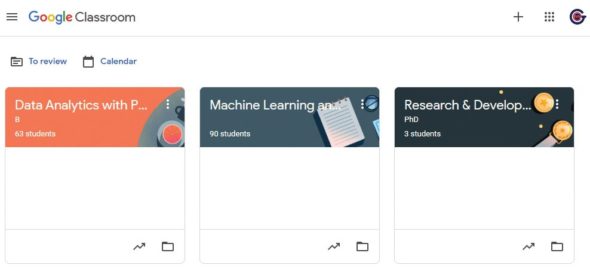
LMS products were initially developed to identify gaps in training and learning. Competent LMS software provides instructor-led training classroom management that can even be used for a flipped classroom for effective teaching and learning.
During the ongoing pandemic, online teaching and learning has been widely adopted by educational institutes. Even the corporate sector is conducting induction and training programmes as well as its meetings by using Web conferencing and online tools. As per UNESCO, there are currently more than 1.2 billion children worldwide affected by the closure of academic organisations and schools due to the COVID-19 pandemic.
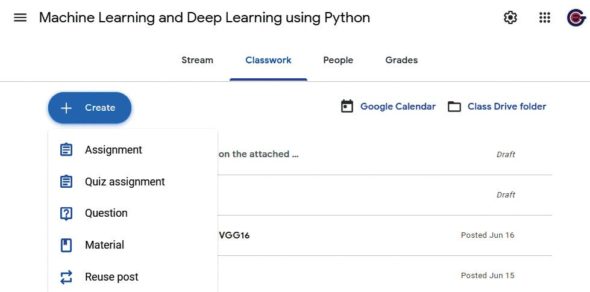
Working with cloud based free platforms for e-learning
This article will briefly introduce you to three tools for e-learning from renowned cloud based platforms. These platforms are widely used for the real-time communication and delivery of teaching and learning resources.
Google Classroom
URL: https://classroom.google.com/
Google Classroom is an important and popular cloud based e-learning platform for academia.
The key features of Google Classroom are:
- Online assignments
- Grading of assignments with rubrics
- Dynamic communication
- Report generation
- Smartphone implementation
- Privacy and security based data sharing
Google Classroom combines docs, boards, slides, mail and calendar into a coherent forum to facilitate contact with students and teachers. Learners can be admitted to a Google Classroom course with a private code, so that privacy and security is maintained and there is no data leakage.
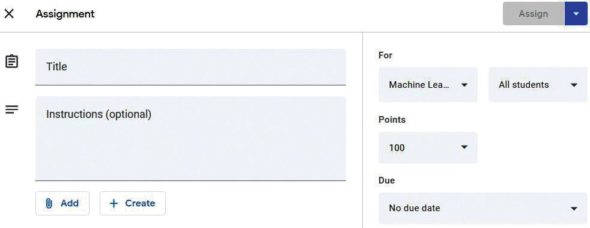
Google Classroom has the feature to create different types of real-time activities for academics including assignments, quizzes, study material, etc. Teachers can track the progress of each student by reviewing a document’s revision history, and can return their work along with feedback after marking the tasks given.
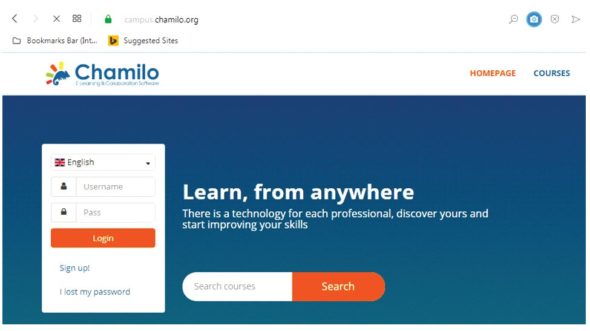
The online assignments and tasks in the Google Classroom can be associated with particular marking or scoring criteria, so that the overall rank can be assessed for all the students.
Chamilo LMS
URL: https://campus.chamilo.org/
Chamilo is another e-learning platform that is used as a learning management system under the GNU GPL License with the aim of enhancing access to education and information globally. Chamilo is sponsored by the Chamilo Group to ensure the affordability and quality of education at a reduced cost by delivering the software free of charge.
From the reports and statistics put out by Chamilo, more than 53,000 corporate giants and organisations worldwide had used it freely as of August 2019.
The key features in Chamilo LMS include the following:
- Real-time course creation
- User management
- Real-time generation of certificates
- Real-time chat and communications
- SCORM 1.2 compatibility
- Integration with Dropbox storage cloud
- Time-controlled exams
- Multi-institution mode
- Multiple time zones
- Social networking
- Support for international languages
- Competence based training (CBT)
These features of Chamilo make it a free, effective and high-performance platform.
MoodleCloud
URL: https://moodlecloud.com/
Moodle LMS (moodle.com) has its own niche in the segment of e-learning, as it is a commonly used platform in the academic segment. It is a user-friendly learning management system (LMS) that serves learning and training needs around the globe across a number of organisations with a high degree of performance.
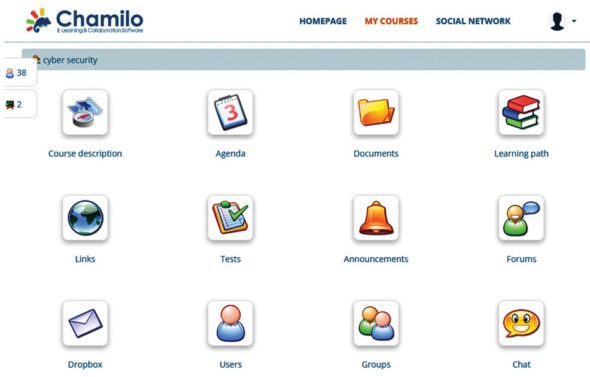
Moodle can be directly deployed on a cloud platform with a number of options. MoodleCloud (moodlecloud.com) is one of these options, using which Moodle can be used for teaching and learning activities without any dedicated installations. MoodleCloud provides the pre-installed flavour of Moodle LMS with assorted options of e-learning activities.
The key features of Moodle include the following:
- Blended course delivery
- Student messaging and notifications
- Flipped classrooms
- Grading of coursework
- Classroom and online events
- Collaborative learning
- Cloud compatibility
- Performance management system
- Live video conferencing
- Mobile learning environment
- E-learning programmes
- Plagiarism / similarity checker
- Payment gateways
Moodle offers a powerful range of learner-centred tools and shared learning environments that allow the automation of academic tasks with effectiveness. In addition, it enables learning experiences to be extended and customised using community-sourced plugins (https://moodle.org/plugins) so that additional features can be integrated in the learning management system. These plugins provide the extra modules and activities that are required by the organisation depending on their scalability including attendance register, video chat, Skype, live streaming, LaTeX formatting, flowchart creation, audio recording, and so on.
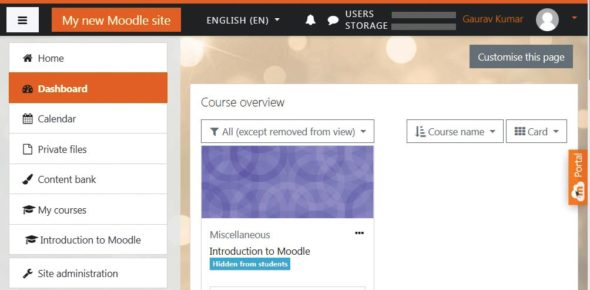
Regardless of whether the user of Moodle is an administrator, course designer, instructor or learner, Moodle LMS is user-friendly. Even course creators or teachers who are not from an engineering background can work on Moodle LMS with ease, without any technical complexities.
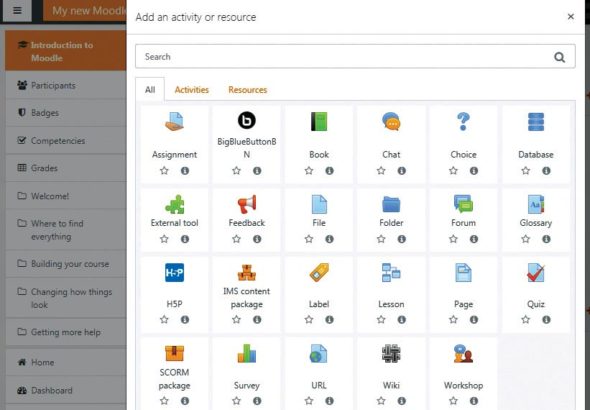
Online platforms for teaching, learning, and corporate meetings are the need of the hour. The cloud platforms discussed above can help to meet this need with ease, and should be deployed by educational institutions.












































































